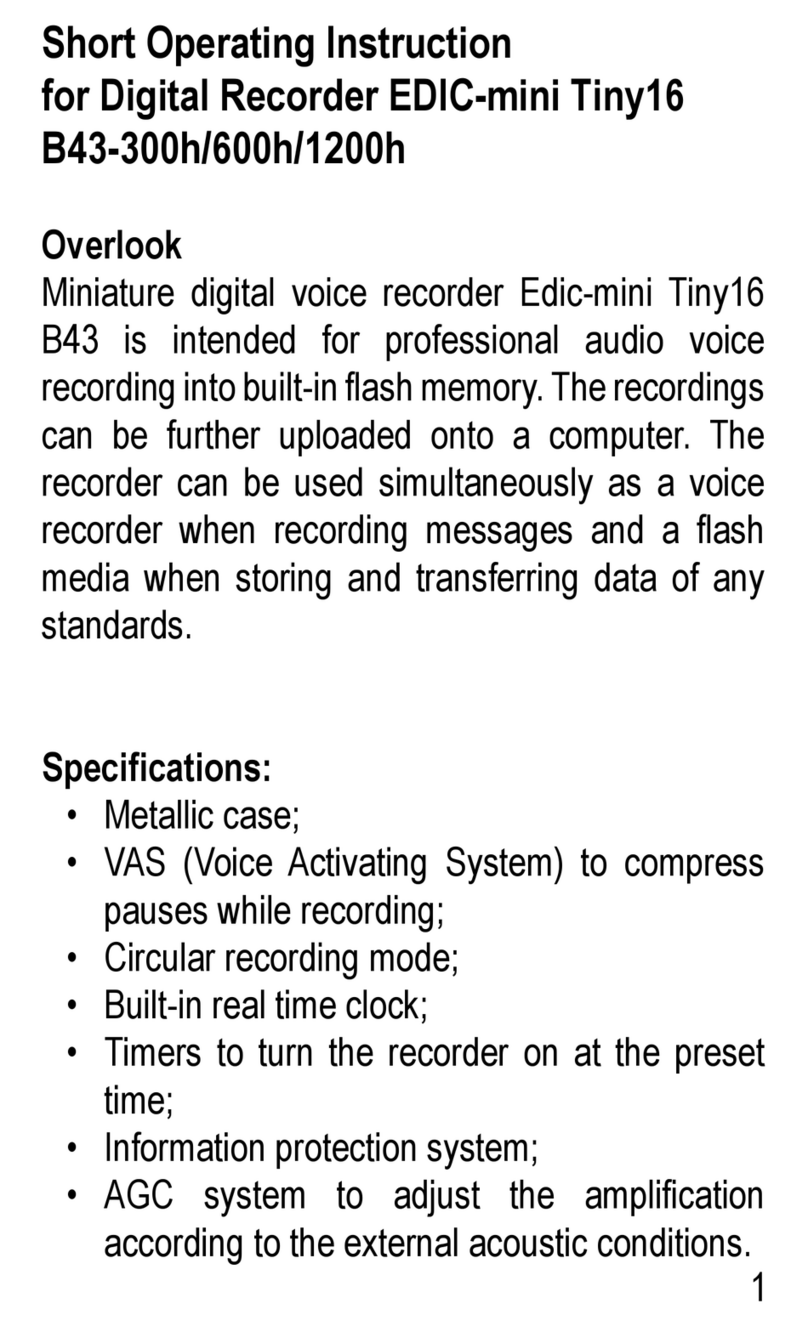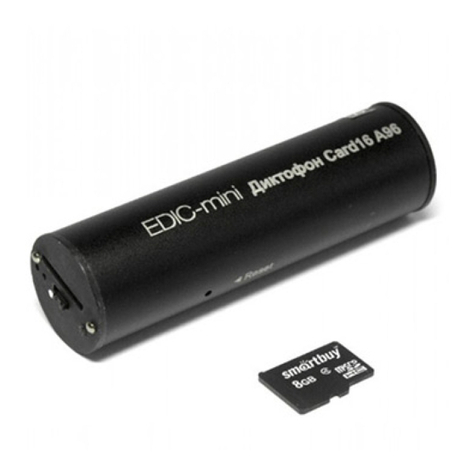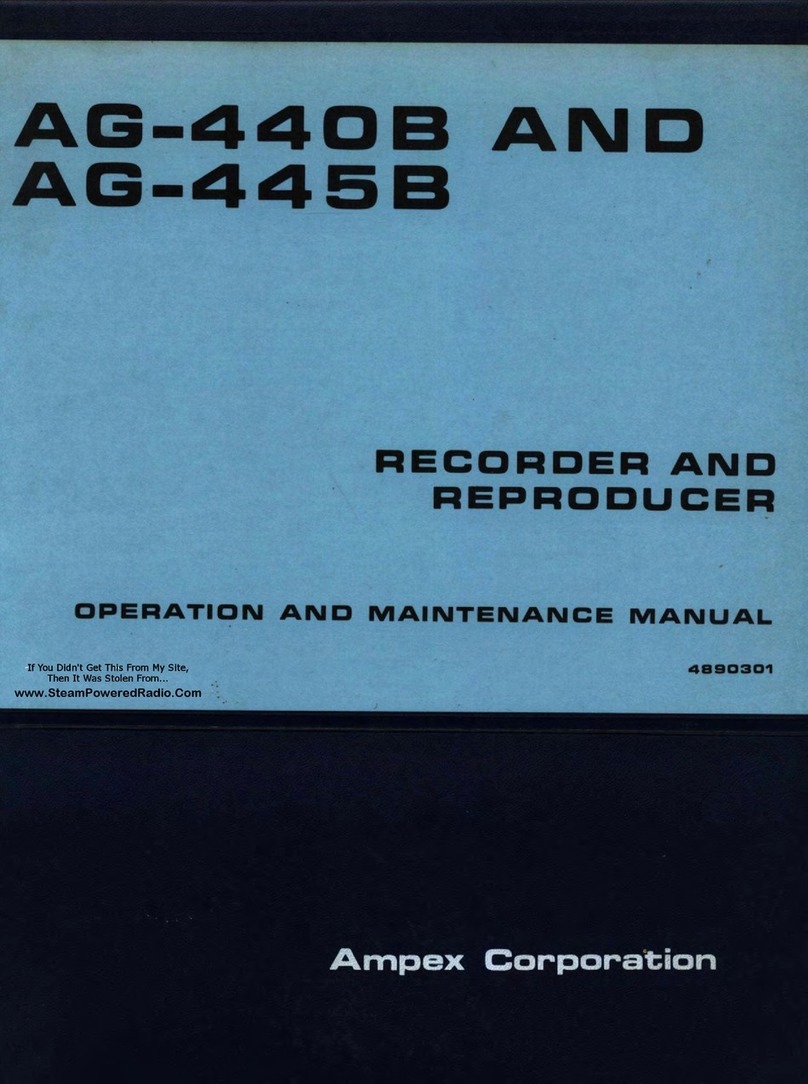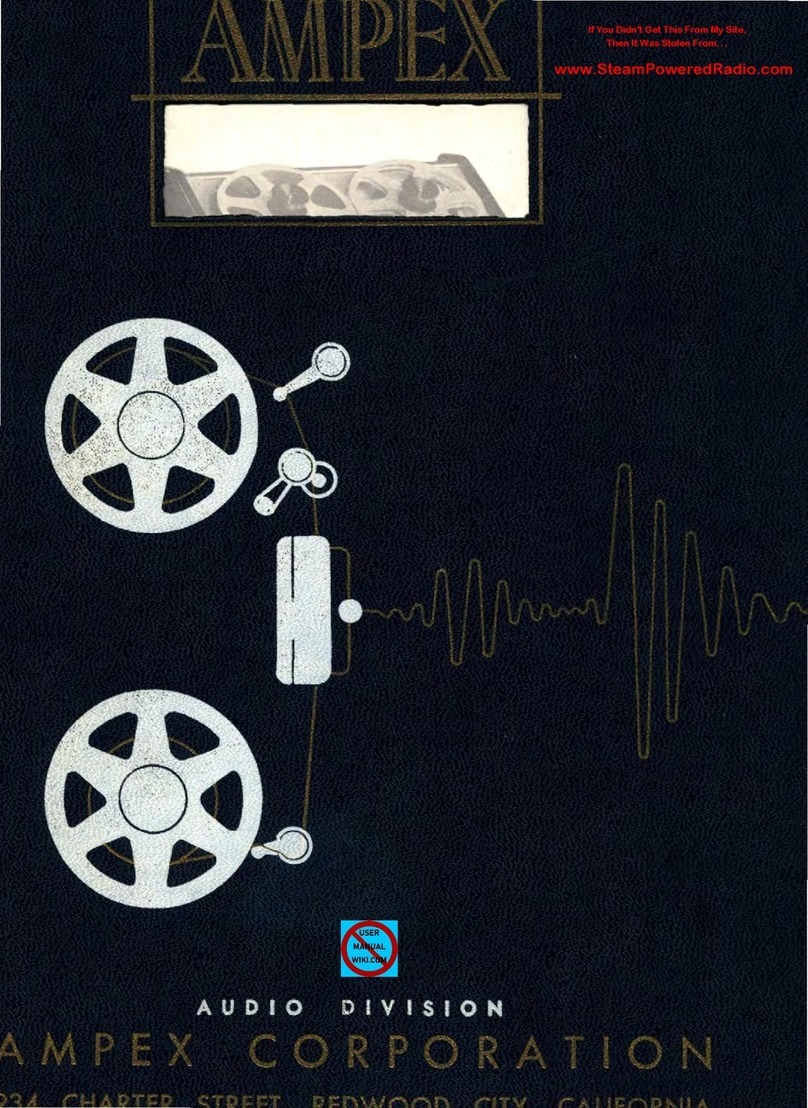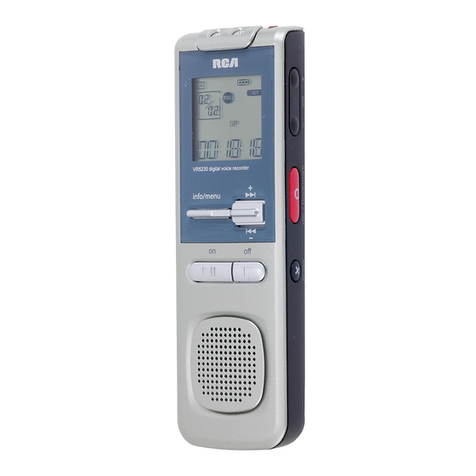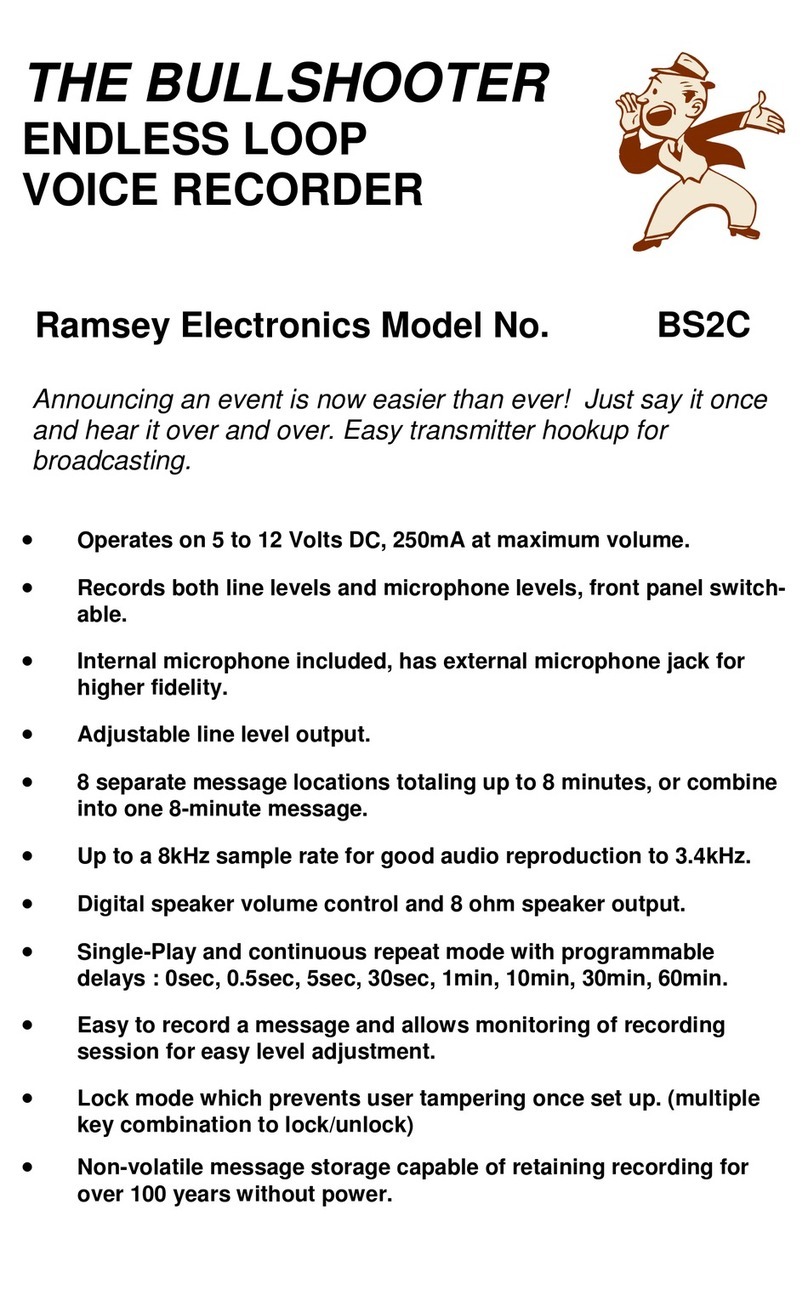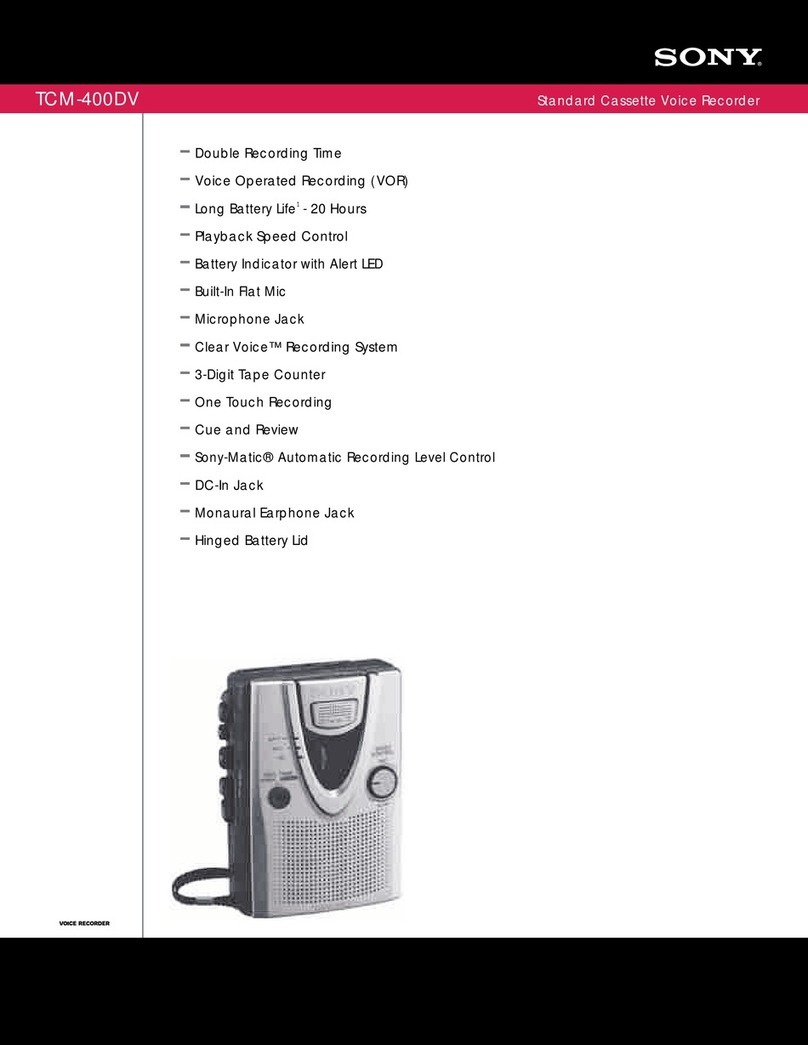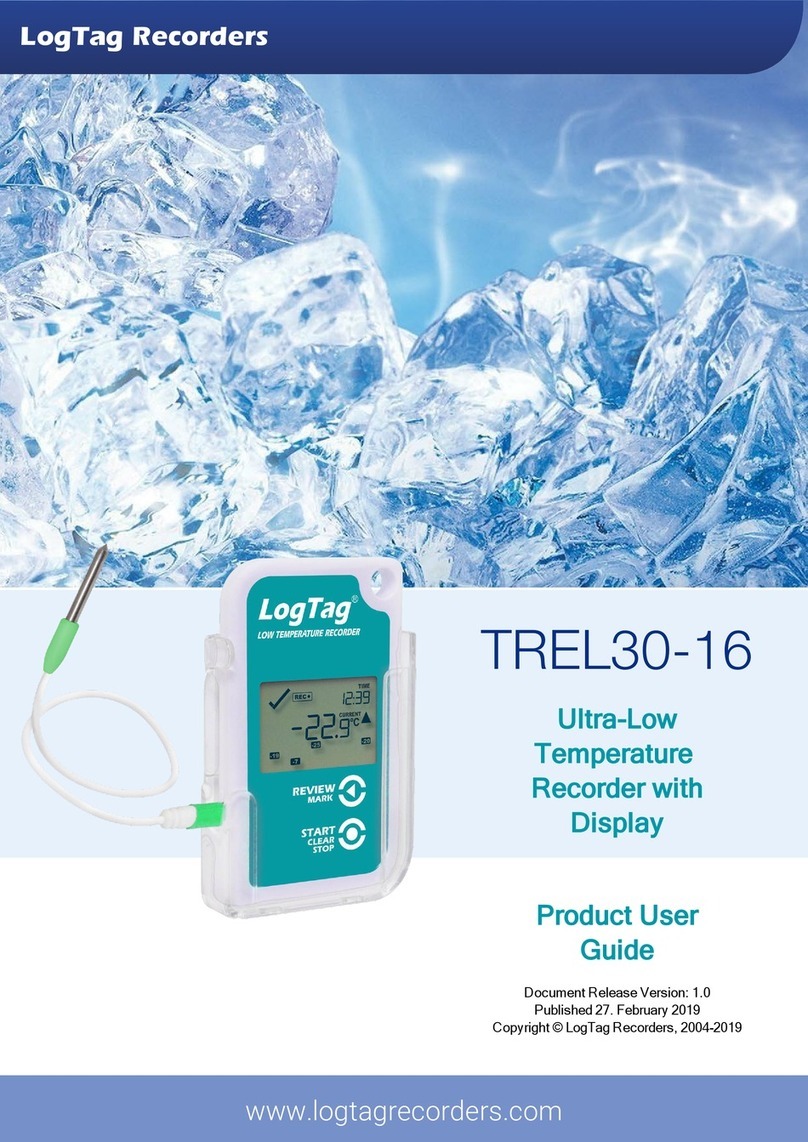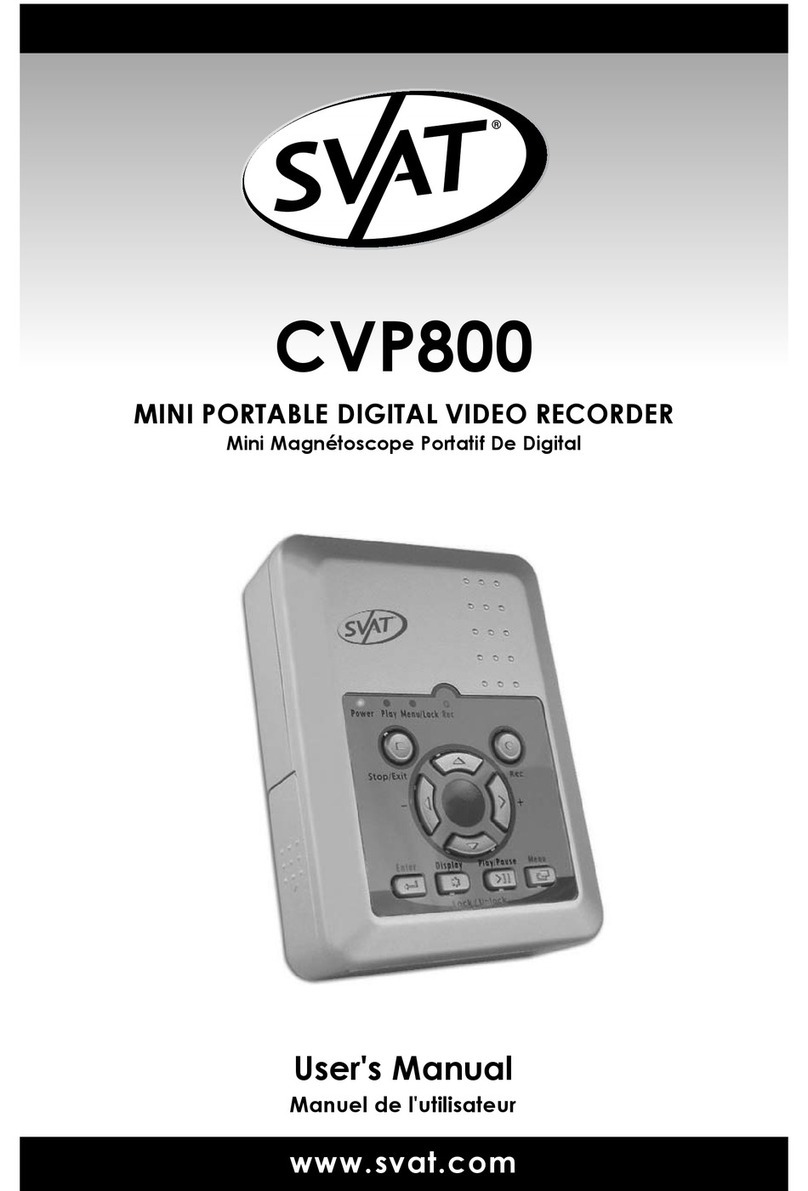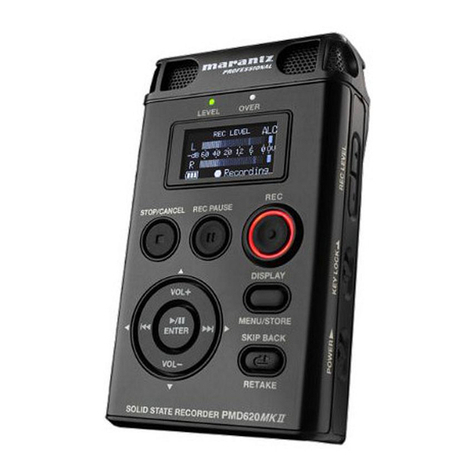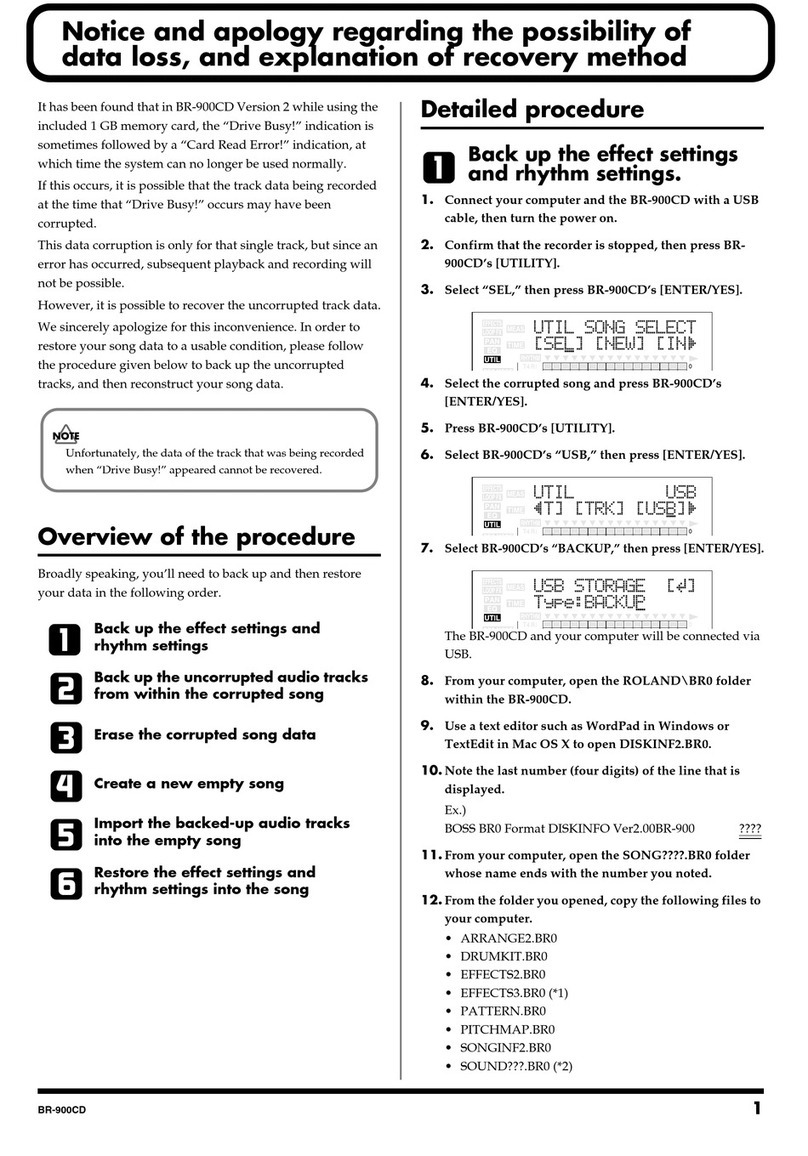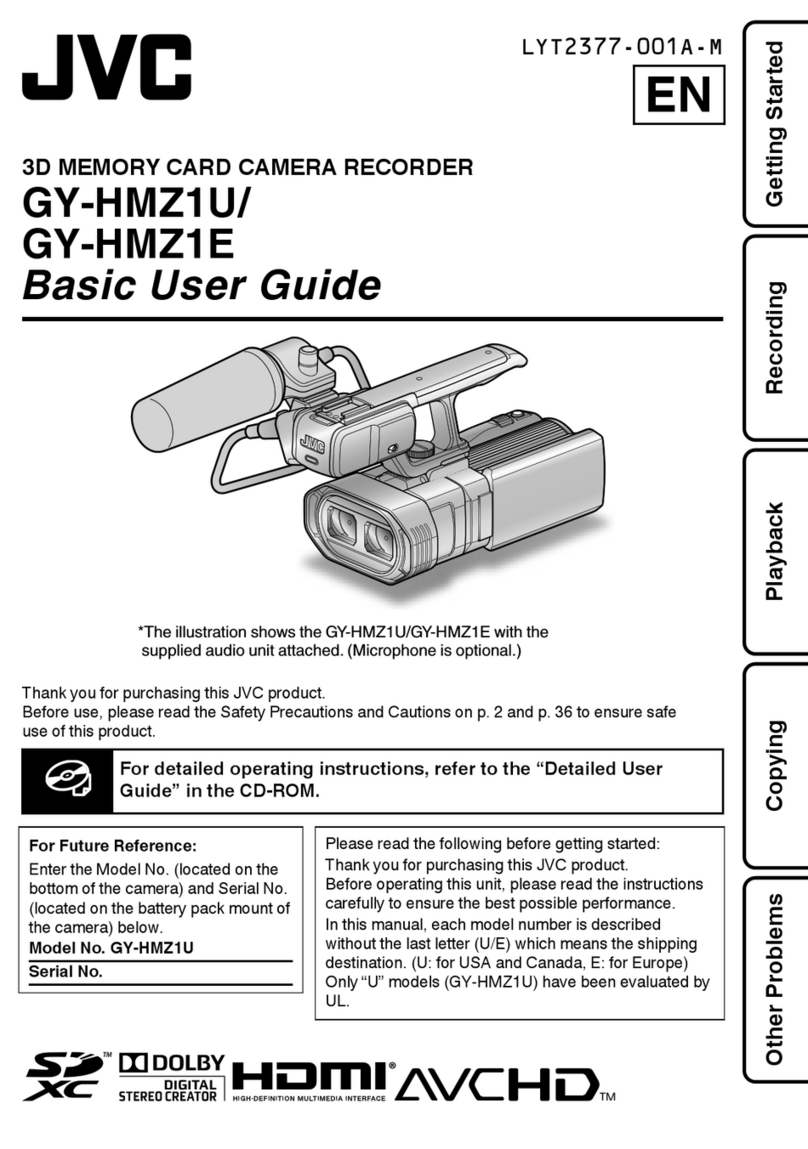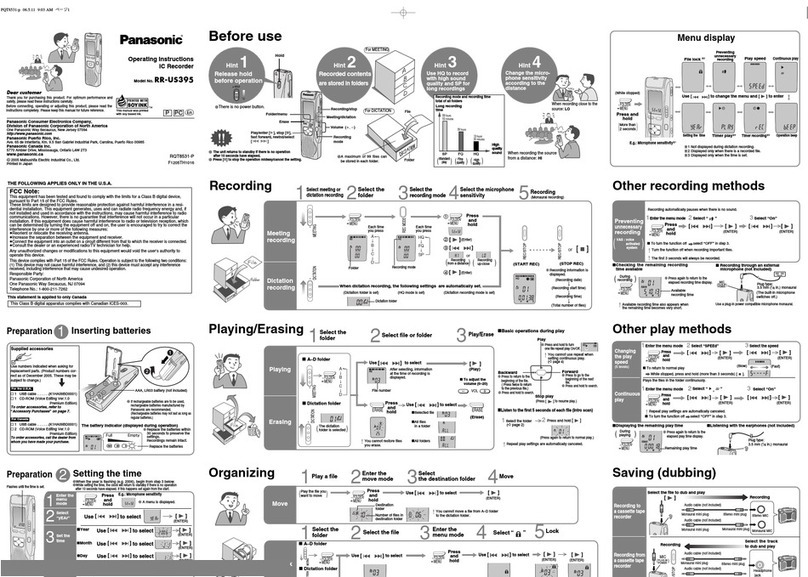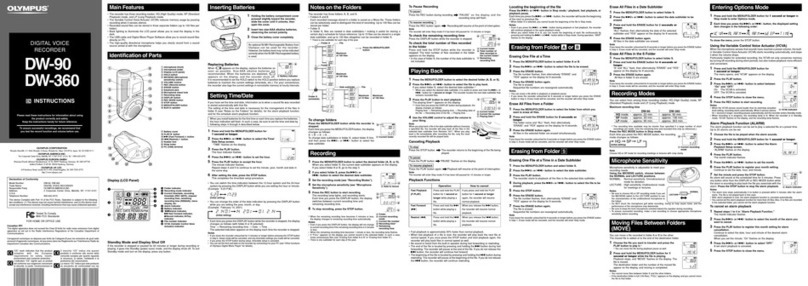RECORDING
TIME:
35
minutes per reel.
TAPE
MOUNTING:
On
4-inch diameter hub with single 1Cinch diameter flange
at-
tached for safe and convenient handling of valuable program material. Design of driving
spindles allows reels to be placed
on
or
removed from recorder quickly and conveni-
ently. Hub design permits rapid tape threading.
TAPE
Sufficient reserve capacity and flexibility have been designed into the amplifiers
so
that any of the leading makes of tape may be accommodated. However, as shipped the
machine has been specifically set up for the use of Minnesota Mining
&
Mfg.
Co.
type
RR
tape, as this tape has been found to give the best signal-to-noise ratio with the mini-
mum modulation noise and other undesirable effects. In general, plastic-backed tapes
are superior to paper tapes, as they are quieter and more uniform in their characteristics,
and have less tendency to sludge and foul the heads.
DRIVE
SYSTEM
The drive system consists of three motors: the capstan motor, which is a hysteresis
synchronous motor for driving the tape at a constant speed of
30
inches per second; a
takeup motor
for
winding up the tape paid out by the capstan; and a rewind motor,
which provides back tension
on
the tape during normal playing and rewinds the tape
after it has been played.
The takeup and rewind reels rest
on
turntables attached directly to the motor shafts.
The motors are double ended, and a cast iron brake drum is mounted
on
the lower shaft
extension. A band-type brake is employed, the brakes being applied
by
springs and
released by solenoids. The brakes are de-
signed to apply greater braking force in the direction of rotation in which the reel pays
out tape,
so
that the unwinding reel will always tend to stop the fastest, thereby keep-
ing tension in the tape at all times during stopping. The rewind and takeup motors are
specially designed for the proper torque characteristics during all operating conditions.
Torques are adjusted
so
that at
no
time does the tape tension exceed
12
ounces.
The capstan is a hardened steel shaft mounted in its own bearing housing, and is
coupled to the drive motor through
a
flexible coupling. A solenoid operated rubber
idler clamps the tape against the capstan shaft for normal playing speed. The whole
capstan drive assembly is mounted
on
a plate which can
be
tilted to insure optimum
tracking of the tape through the capstan.
These take
up the slack in the tape, smooth out variations in tension, and absorb the shock of start-
ing and stopping. The tension arm on the takeup side is equipped with a micro-switch
or
safety switch
(S7)
which shuts the machine off if the arm is allowed to move to the
end of its clockwise travel. Thus,
if
the tape should break or
run
out, the machine will
automatically shut off. THE SLACK
MUST
BE TAKEN OUT OF THE TAPE AND
THE TAKEUP TENSION ARM PLACED IN THE PROPER OPERATING RANGE
BEFORE THE MACHINE WILL START.
5*
This construction is illustrated in Fig.
1.
This assembly is shown in Fig.
2.
The tape passes over a tension arm
on
each side of the head housing.
